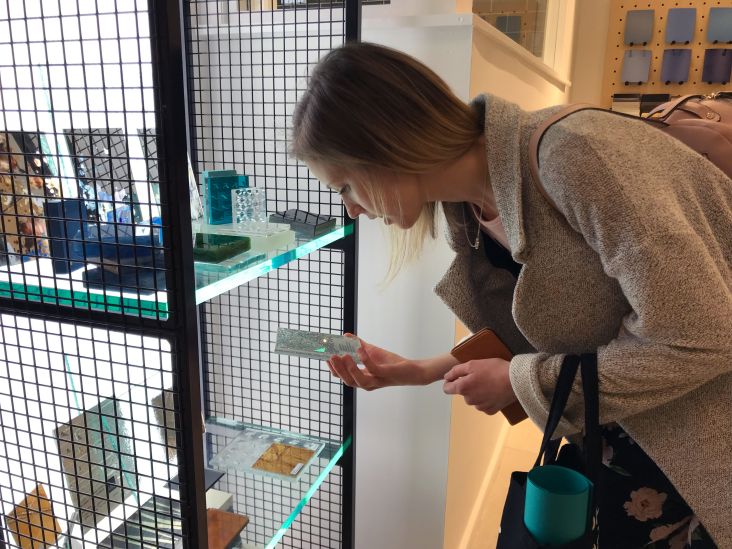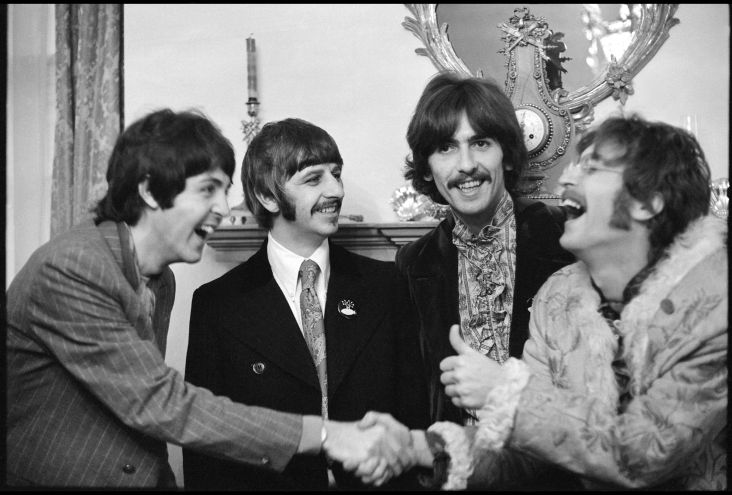Matt Wade of Moving Brands on school memories, the beauty of freedom and what's next in design
Matt Wade is someone who examines the way we create connections between people, spaces and things – a fascinating part of the design process, and one that plays a crucial role at Moving Brands, where he is the global principal of experimental design.
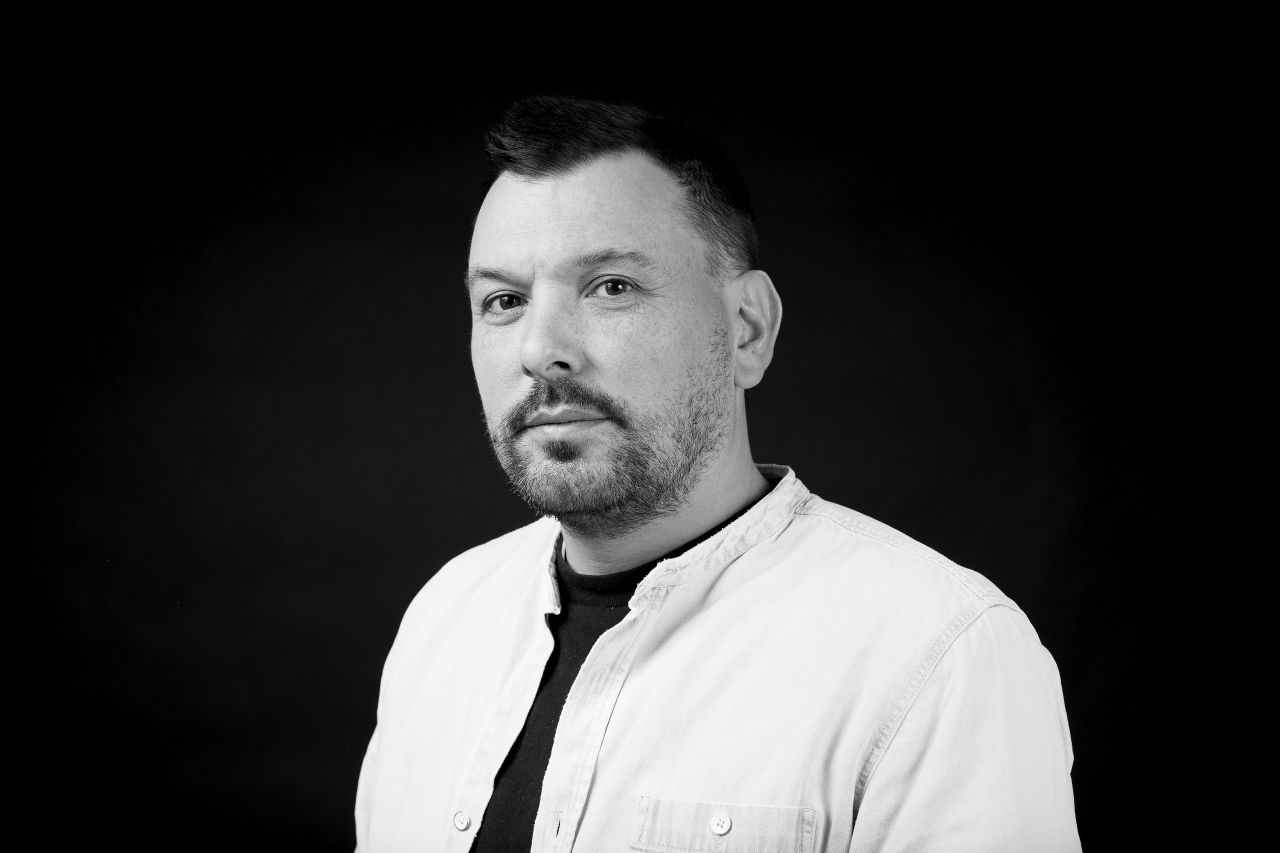
Before relocating to the US, Matt co-founded a London-based research and design studio and has since worked as a director at Google Creative Lab. During this time, he worked with clients including YouTube, Nike, Jet Propulsion Lab (NASA), Microsoft, LGBT Center New York, London Science Museum and the Maritime Museum.
After returning to Moving Brands in 2017, Matt is now based at its New York studio where he leads three key areas within the business: ‘Interactive Spaces’, focusing on using technology to create dynamic living spaces; ‘New Design Realities’, creating experiences for emerging technology platforms, such as mixed reality and augmented reality; and ‘GOBI’, a team that uses prototyping as a way of defining the products and services of tomorrow.
Matt’s work has won many awards including a D&AD Yellow Pencil and he has been shortlisted for Designs of the Year at the Design Museum, with features in Time Magazine’s Top 10 of Everything. We chatted to Matt about this and much more.
What brought you back to Moving Brands nearly a decade after leaving?
I can’t put my finger on one thing that brought me back – it kind of just happened. Everything was in the right place at the right time. I was looking to move on from Creative Lab, and Moving Brands was looking for someone to lead a new part of the business. The client list was immensely attractive and there was a clear opportunity to have a real impact on things that affect real people. A lovely studio in Soho, New York helped. Then there are the people – some of the most creative and inspiring people I’ve ever worked with (or wanted to work with) are at Moving Brands. We started chatting and soon enough I was back.
What's your new role? What's changed since you were last with the agency?
I’m Principal of Experimental Design. I look after three parts of the business – Interactive Spaces, designing immersive spaces using cutting edge technology and the latest models of interaction; a specialist prototyping team called Gobi, which looks at the fastest way to make ideas real; and a new offer called New Design Realities (NDR), which is exploring how we help our clients use emerging technology platforms such as virtual, augmented, and mixed reality (VR, AR, MR) to connect with people in new ways.
These all seem new, but really it’s the kind of work Moving Brands has always done. We’ve always worked with the latest technologies and benefited from enough ambitious clients to push how a contemporary design company can help businesses create new ways to look at the world.
So you create connections between people, spaces and things. Can you give us an example of a recent project?
Much of what we do is super secret, some things will never make it out into the world, and many that do won’t mention our involvement.
However, there’s one project in particular that I’m really enjoying at the moment. We’ve been exploring the relationship between embedded technology and traditional high craft techniques and we’re creating some really interesting objects and interactions.
You co-founded your own business, Kin, with Kevin Palmer in 2008. What were the highlights of that time?
Running my own thing was pretty good, setting your own destiny, freedom to say no to clients and so on. It helped me work out what I want to do. Also, working with Kevin was fantastic. He’s pretty brilliant. Fearless, strong-minded but probably the most collaborative person I’ve ever met. It sounds like a cliche but collaboration is in his DNA.
Your career has often put you in touch with students and young people. You clearly enjoy education. What do you love about teaching the most?
I had a terrible experience in school. Easily distracted, but equally unhappy with the way things were. I asked a lot of questions and was made to feel like a pain in the arse (I’m sure I was at times), but was also led to believe you can ask too many questions. Art college sorted me out, gave me direction. I was very lucky, I had incredible tutors who inspired me to do the best possible work and to continue to push to use design as a tool for positive change. They also showed me it was okay to be unhappy with things, and not accept the status quo. More questions are better.
I pretty much started teaching in some capacity soon after college and just loved it. In my mind, it’s the only place free from the dynamics of the commercial world. I also find young people’s ability to imagine better futures totally intoxicating. So really, I do it for selfish reasons.
At The Design Museum, you worked on a competition for secondary school children. How was that experience?
I loved it. I originally worked as an advisor on the Design Ventura program then we went on to help the students design a real product for the Design Museum shop. It was the first time I’d worked with Secondary School students (aged 14/15). It’s amazing to see the way they think at that age – their awkwardness is a superpower. You can see so clearly when they think an idea is stupid, or confused, or just BS. I learnt a lot from their plain honesty.
What innovations are you currently working on?
Again top secret, but lots of experimenting with mixed reality (MR) and how we use different surfaces and spaces. There’s also a robotics project which is super exciting.
What technology updates are getting you most excited about the future of design?
There are a few. Mixed reality, as I think this might be the first significant shift in experience design – and I’m hoping it breaks the obsession with UX as wireframes and boxes. Voice, because it’s also disrupting the interaction paradigms. And Machine Learning, as it’s opening up whole new opportunities for tools and finding new patterns – I like patterns.
Anything you just don't see taking off?
The Internet – Jim, co-founder and CCO of Moving Brands once said that.
I do think that virtual personal assistants will migrate pretty soon to a new model and we’ll look back at the idea of a personified digital voice as the gateway to getting stuff done as pretty weird and short-sighted. Unfortunately, the big companies like Google, Amazon, Apple, Facebook, have so much market power they may force us down this road nevertheless.
During your time at Google what big lessons did you learn?
Client-side is very different from the agency side. Freedom to do anything you want isn’t always a good thing (for me anyway). It’s not all some big conspiracy to steal our data.
What do you see happening next in design?
I think someone will re-think the mobile phone – now’s the time. There are so many new parts of the puzzle in place. For example, phones are becoming more about seeing objects, listening objects, and assistive objects that I think we’ll start to find new form factors and use cases that won’t rely on the current black rectangular mirror. I joined Google partly because of projects like ARA (a modular smartphone made of interchangeable blocks) which sadly was stopped around the time I came onboard, but it showed us that the big companies have the ability to think in different ways about the way we use mobile devices. I’m super excited by what’s next.

















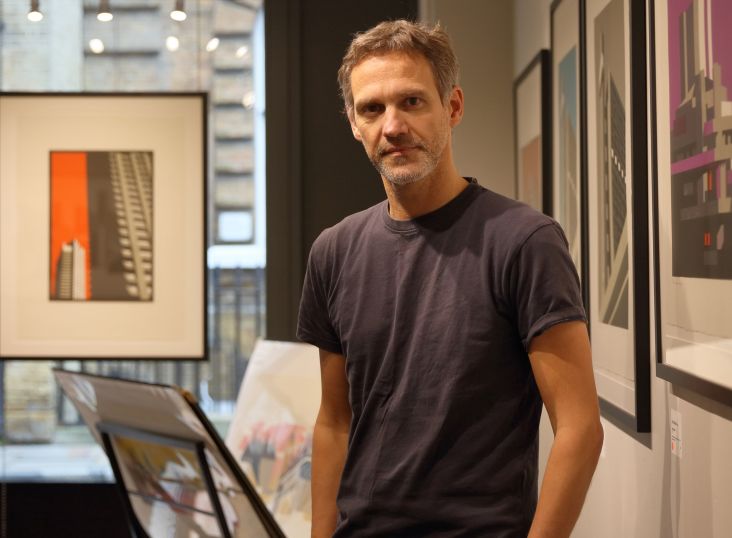
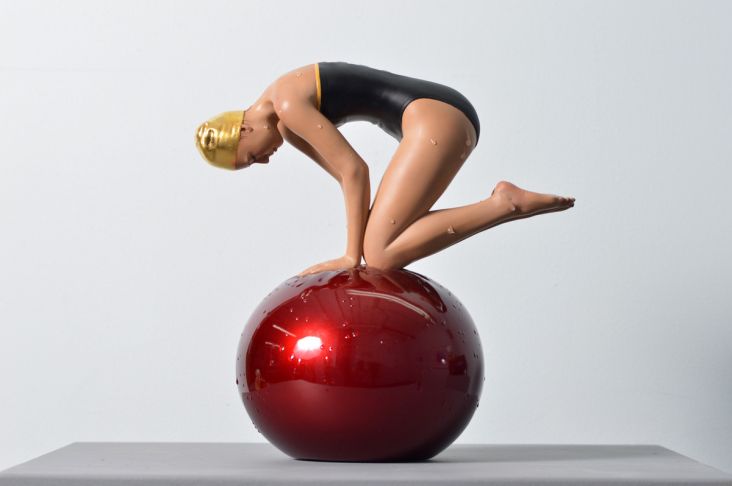
](https://www.creativeboom.com/upload/articles/c3/c38fc5408ca98ff97817ce90bc5e2e79eede8d43_732.jpg)
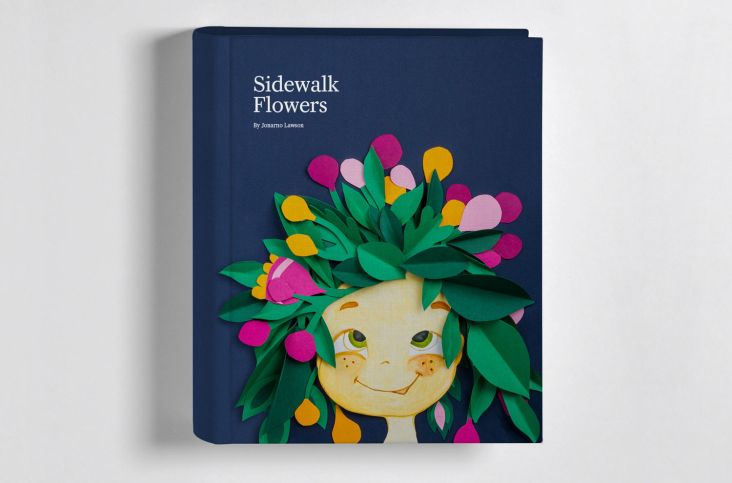

](https://www.creativeboom.com/upload/articles/e3/e378f0441c6873a921dc03121f709ba075c15c38_732.jpg)
